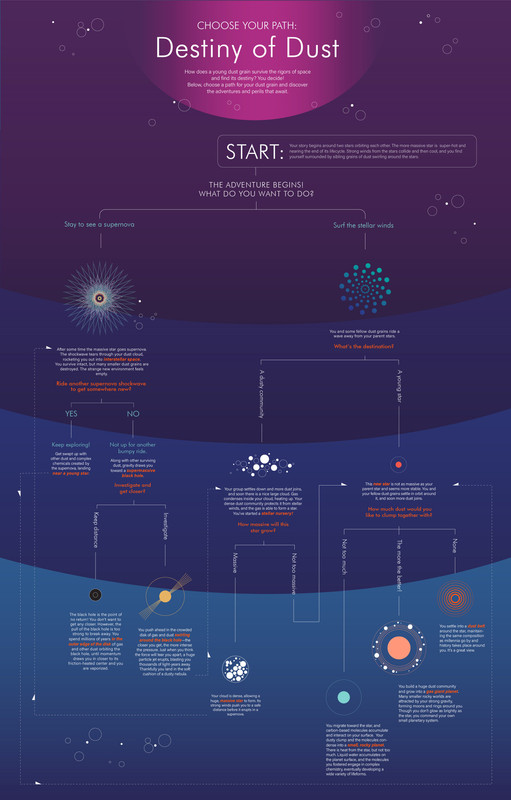-
SCAM WARNING! See how this scam works in Classifieds.
You are using an out of date browser. It may not display this or other websites correctly.
You should upgrade or use an alternative browser.
You should upgrade or use an alternative browser.
I just saw the moon
- Thread starter TheMadDabber
- Start date
CrazyDiamond
HAL is a StarChild
I'm sorry it didn't go, but I didn't expect it to honestly.
At the core of the Crab Nebula lies a city-sized, magnetized neutron star spinning 30 times a second. Known as the Crab Pulsar, it is the bright spot in the center of the gaseous swirl at the nebula's core. About twelve light-years across, the spectacular picture frames the glowing gas, cavities and swirling filaments near the Crab Nebula's center. The featured picture combines visible light from the Hubble Space Telescope in purple, X-ray light from the Chandra X-ray Observatory in blue, and infrared light from the Spitzer Space Telescope in red. Like a cosmic dynamo the Crab pulsar powers the emission from the nebula, driving a shock wave through surrounding material and accelerating the spiraling electrons. With more mass than the Sun and the density of an atomic nucleus,the spinning pulsar is the collapsed core of a massive star that exploded. The outer parts of the Crab Nebula are the expanding remnants of the star's component gasses. The supernova explosion was witnessed on planet Earth in the year 1054.
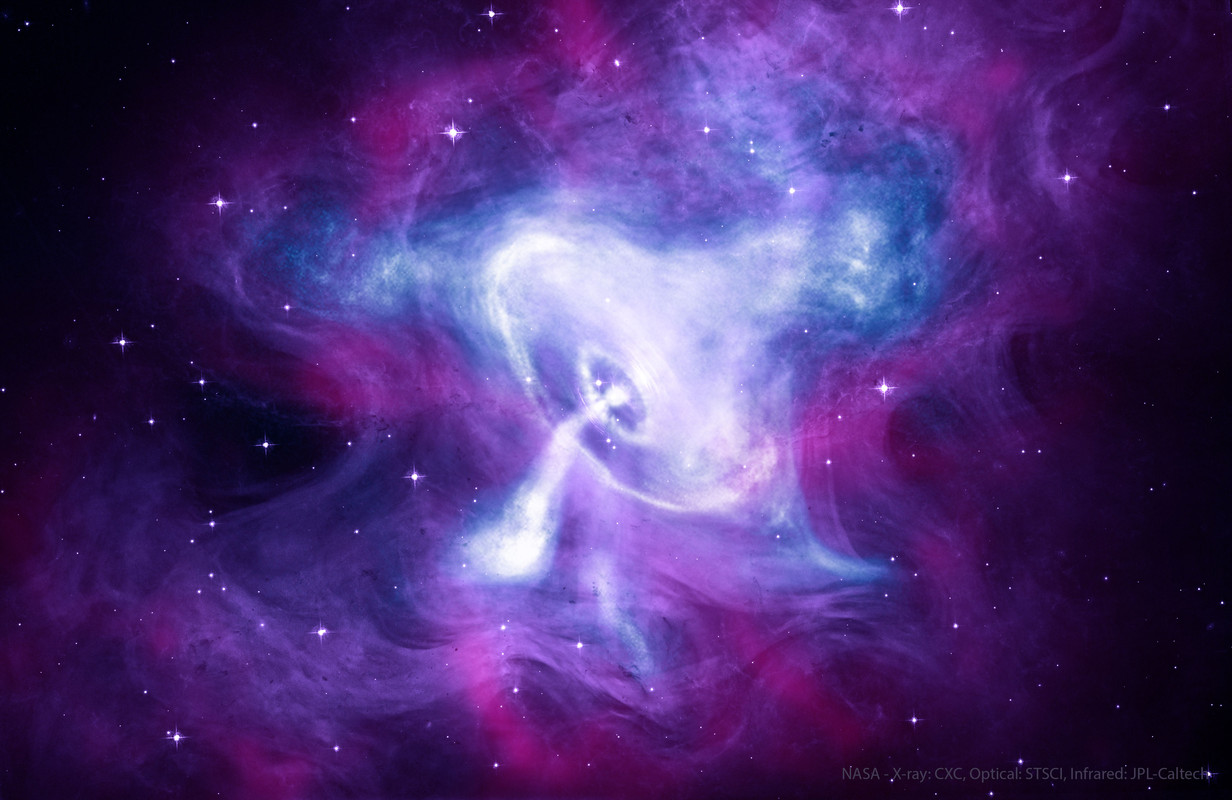
To some, it looks like a wheel of a cart. In fact, because of its outward appearance, the presence of a central galaxy, and its connection with what looks like the spokes of a wheel, the galaxy on the right is known as the Cartwheel Galaxy. To others, however, it looks like a complicated interaction between galaxies awaiting explanation. Along with the two galaxies on the left, the Cartwheel is part of a group of galaxies about 500 million light years away in the constellation Sculptor. The large galaxy's rim spans over 100,000 light years and is composed of star forming regions filled with extremely bright and massive stars. The Cartwheel's ring-like shape is the result of gravitational disruption caused by a smaller galaxy passing through a large one, compressing the interstellar gas and dust and causing a star formation wave to move out like a ripple across the surface of a pond. The featured recent image of the Cartwheel Galaxy by the Webb Space Telescope reveals new details not only about where stars are forming, but also about activity near the galaxy's central black hole.
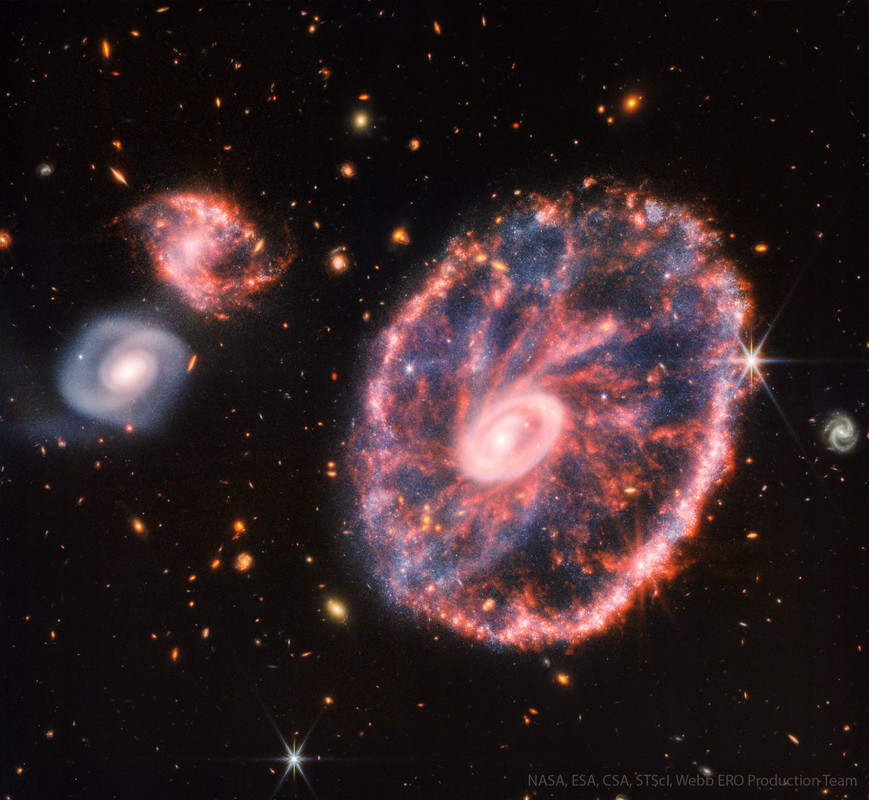
Inside the Cocoon Nebula is a newly developing cluster of stars. Cataloged as IC 5146, the beautiful nebula is nearly 15 light-years wide. Soaring high in northern summer night skies, it's located some 4,000 light years away toward the constellation Cygnus the Swan. Like other star forming regions, it stands out in red, glowing, hydrogen gas excited by young, hot stars, and dust-reflected starlight at the edge of an otherwise invisible molecular cloud. In fact, the bright star found near the center of this nebula is likely only a few hundred thousand years old, powering the nebular glow as it clears out a cavity in the molecular cloud's star forming dust and gas. A 29 hour long integration with a small telescope from Ayr, Ontario, Canada resulted in this exceptionally deep color view tracing tantalizing features within and surrounding the dusty stellar nursery.
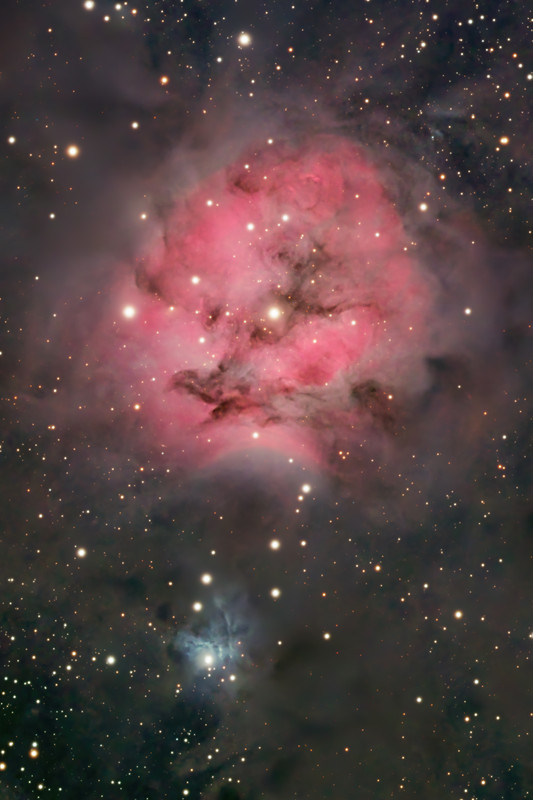
The famous Horsehead Nebula in Orion is not alone. A deep exposure shows that the dark familiar shaped indentation, visible just right of center, is part of a vast complex of absorbing dust and glowing gas. The featured spectacular picture details an intricate tapestry of gaseous wisps and dust-laden filaments that were created and sculpted over eons by stellar winds and ancient supernovas. The Flame Nebula is visible in orange just to the Horsehead's left. To highlight the dust and gas, most of the stars have been digitally removed, although a notable exception is Alnitak, just above the Flame Nebula, which is the rightmost star in Orion's famous belt of three aligned stars. The Horsehead Nebula lies 1,500 light years distant towards the constellation of Orion.
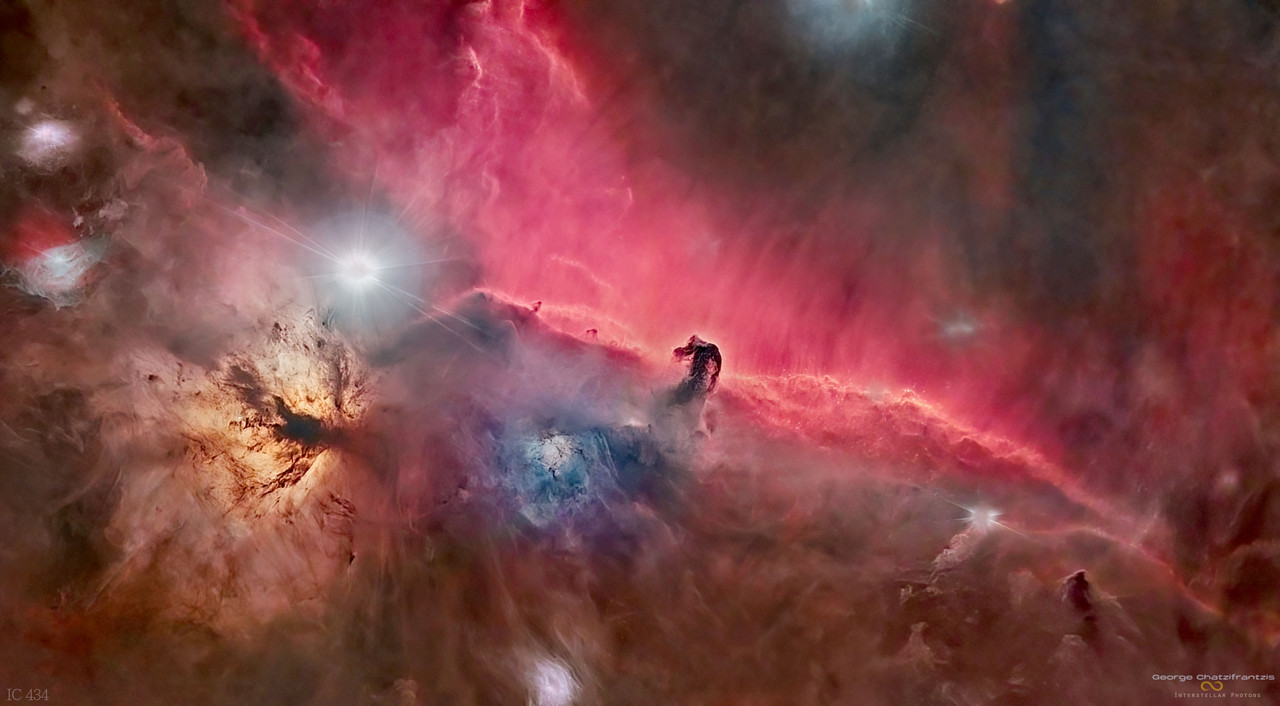
Framing a bright emission region, this telescopic view looks out along the plane of our Milky Way Galaxy toward the nebula rich constellation Cygnus the Swan. Popularly called the Tulip Nebula, the reddish glowing cloud of interstellar gas and dust is also found in the 1959 catalog by astronomer Stewart Sharpless as Sh2-101. Nearly 70 light-years across, the complex and beautiful Tulip Nebula blossoms about 8,000 light-years away. Ultraviolet radiation from young energetic stars at the edge of the Cygnus OB3 association, including O star HDE 227018, ionizes the atoms and powers the emission from the Tulip Nebula. Also in the field of view is microquasar Cygnus X-1, one of the strongest X-ray sources in planet Earth's sky. Blasted by powerful jets from a lurking black hole its fainter bluish curved shock front is only just visible though, beyond the cosmic Tulip's petals near the right side of the frame.
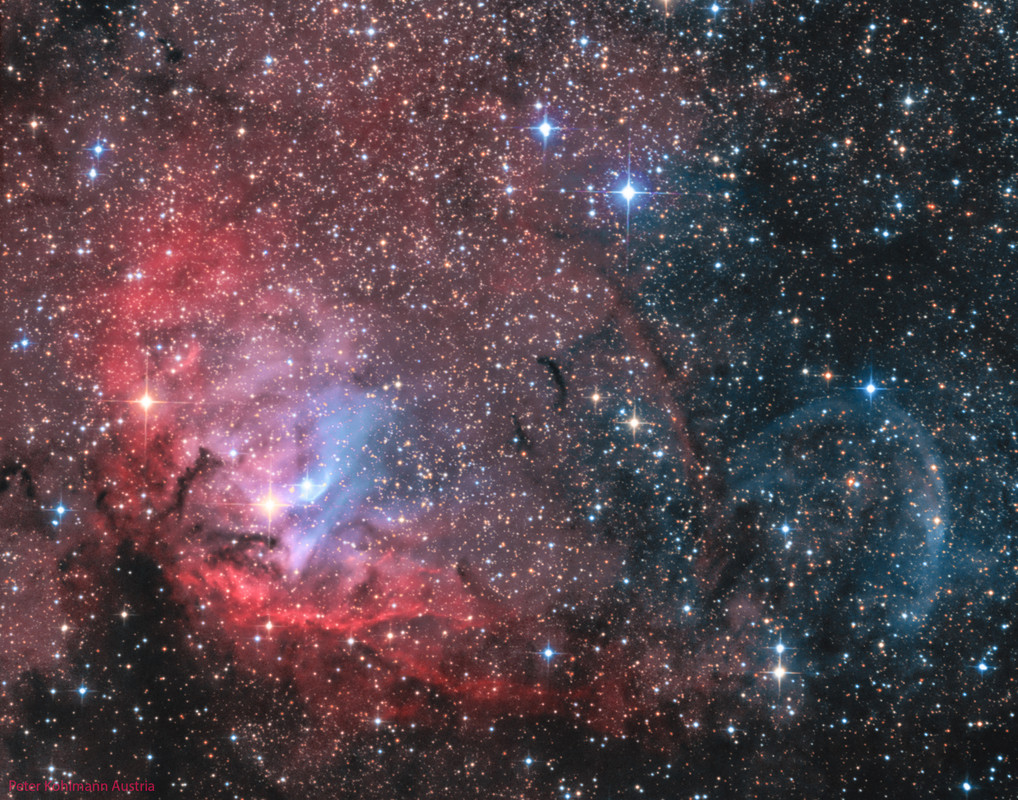
This one is 16MB...An infrared view of Sagittarius B1, a region close to the center of the Milky Way, imaged with ESO’s Very Large Telescope (VLT) in Chile. The center of our galaxy is an exotic environment, densely populated with stars, and has been suggested to have more star formation than any other place in the Milky Way. But so far we have only found less than 10% of all young stars we expect there. Where are the others?
There is a catch: our view towards the center is obscured by clouds of dust and gas, blocking the light from the stars. With infrared instruments it is possible to peer through these clouds. In this image, taken with the infrared HAWK-I instrument on ESO’s VLT, we get to take a closer look at this region. The view is mesmerizing, unveiling a myriad of stars. In a recent study, a team led by Francisco Nogueras Lara (MPIA Heidelberg, Germany) discovered that this region hosts an excess of young stars, with a combined mass of more than 100 000 times the mass of the Sun. This is a key step forward in our quest to find all the expected young stars in the central regions of the Milky Way, and thus understand how stars evolve in such a unique environment.
This image comes from the GALACTICNUCLEUS survey, whose goal is to obtain high-resolution infrared images of the galactic center. With future infrared ESO instruments such as ERIS on the VLT and MICADO on the upcoming ESO’s Extremely Large Telescope (ELT), the team hopes to study the stars in greater detail, which will lead to a better understanding of the evolution of the Milky Way’s center.
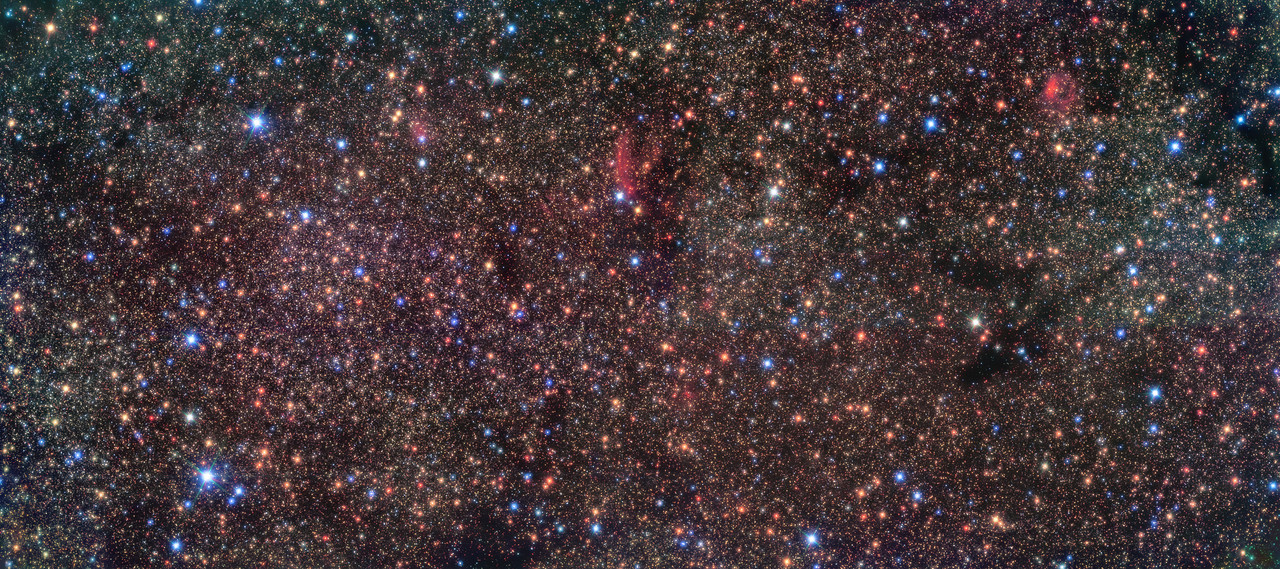
Here comes Jupiter! NASA's robotic spacecraft Juno is continuing on its highly-elongated orbits around our Solar System's largest planet. The featured video is from perijove 11 in early 2018, the eleventh time Juno has passed near Jupiter since it arrived in mid-2016. This time-lapse, color-enhanced movie covers about four hours and morphs between 36 JunoCam images. The video begins with Jupiter rising as Juno approaches from the north. As Juno reaches its closest view -- from about 3,500 kilometers over Jupiter's cloud tops -- the spacecraft captures the great planet in tremendous detail. Juno passes light zones and dark belt of clouds that circle the planet, as well as numerous swirling circular storms, many of which are larger than hurricanes on Earth. After the perijove, Jupiter recedes into the distance, then displaying the unusual clouds that appear over Jupiter's south. To get desired science data, Juno swoops so close to Jupiter that its instruments are exposed to very high levels of radiation.
At the core of the Crab Nebula lies a city-sized, magnetized neutron star spinning 30 times a second. Known as the Crab Pulsar, it is the bright spot in the center of the gaseous swirl at the nebula's core. About twelve light-years across, the spectacular picture frames the glowing gas, cavities and swirling filaments near the Crab Nebula's center. The featured picture combines visible light from the Hubble Space Telescope in purple, X-ray light from the Chandra X-ray Observatory in blue, and infrared light from the Spitzer Space Telescope in red. Like a cosmic dynamo the Crab pulsar powers the emission from the nebula, driving a shock wave through surrounding material and accelerating the spiraling electrons. With more mass than the Sun and the density of an atomic nucleus,the spinning pulsar is the collapsed core of a massive star that exploded. The outer parts of the Crab Nebula are the expanding remnants of the star's component gasses. The supernova explosion was witnessed on planet Earth in the year 1054.

To some, it looks like a wheel of a cart. In fact, because of its outward appearance, the presence of a central galaxy, and its connection with what looks like the spokes of a wheel, the galaxy on the right is known as the Cartwheel Galaxy. To others, however, it looks like a complicated interaction between galaxies awaiting explanation. Along with the two galaxies on the left, the Cartwheel is part of a group of galaxies about 500 million light years away in the constellation Sculptor. The large galaxy's rim spans over 100,000 light years and is composed of star forming regions filled with extremely bright and massive stars. The Cartwheel's ring-like shape is the result of gravitational disruption caused by a smaller galaxy passing through a large one, compressing the interstellar gas and dust and causing a star formation wave to move out like a ripple across the surface of a pond. The featured recent image of the Cartwheel Galaxy by the Webb Space Telescope reveals new details not only about where stars are forming, but also about activity near the galaxy's central black hole.

Inside the Cocoon Nebula is a newly developing cluster of stars. Cataloged as IC 5146, the beautiful nebula is nearly 15 light-years wide. Soaring high in northern summer night skies, it's located some 4,000 light years away toward the constellation Cygnus the Swan. Like other star forming regions, it stands out in red, glowing, hydrogen gas excited by young, hot stars, and dust-reflected starlight at the edge of an otherwise invisible molecular cloud. In fact, the bright star found near the center of this nebula is likely only a few hundred thousand years old, powering the nebular glow as it clears out a cavity in the molecular cloud's star forming dust and gas. A 29 hour long integration with a small telescope from Ayr, Ontario, Canada resulted in this exceptionally deep color view tracing tantalizing features within and surrounding the dusty stellar nursery.

The famous Horsehead Nebula in Orion is not alone. A deep exposure shows that the dark familiar shaped indentation, visible just right of center, is part of a vast complex of absorbing dust and glowing gas. The featured spectacular picture details an intricate tapestry of gaseous wisps and dust-laden filaments that were created and sculpted over eons by stellar winds and ancient supernovas. The Flame Nebula is visible in orange just to the Horsehead's left. To highlight the dust and gas, most of the stars have been digitally removed, although a notable exception is Alnitak, just above the Flame Nebula, which is the rightmost star in Orion's famous belt of three aligned stars. The Horsehead Nebula lies 1,500 light years distant towards the constellation of Orion.

Framing a bright emission region, this telescopic view looks out along the plane of our Milky Way Galaxy toward the nebula rich constellation Cygnus the Swan. Popularly called the Tulip Nebula, the reddish glowing cloud of interstellar gas and dust is also found in the 1959 catalog by astronomer Stewart Sharpless as Sh2-101. Nearly 70 light-years across, the complex and beautiful Tulip Nebula blossoms about 8,000 light-years away. Ultraviolet radiation from young energetic stars at the edge of the Cygnus OB3 association, including O star HDE 227018, ionizes the atoms and powers the emission from the Tulip Nebula. Also in the field of view is microquasar Cygnus X-1, one of the strongest X-ray sources in planet Earth's sky. Blasted by powerful jets from a lurking black hole its fainter bluish curved shock front is only just visible though, beyond the cosmic Tulip's petals near the right side of the frame.

This one is 16MB...An infrared view of Sagittarius B1, a region close to the center of the Milky Way, imaged with ESO’s Very Large Telescope (VLT) in Chile. The center of our galaxy is an exotic environment, densely populated with stars, and has been suggested to have more star formation than any other place in the Milky Way. But so far we have only found less than 10% of all young stars we expect there. Where are the others?
There is a catch: our view towards the center is obscured by clouds of dust and gas, blocking the light from the stars. With infrared instruments it is possible to peer through these clouds. In this image, taken with the infrared HAWK-I instrument on ESO’s VLT, we get to take a closer look at this region. The view is mesmerizing, unveiling a myriad of stars. In a recent study, a team led by Francisco Nogueras Lara (MPIA Heidelberg, Germany) discovered that this region hosts an excess of young stars, with a combined mass of more than 100 000 times the mass of the Sun. This is a key step forward in our quest to find all the expected young stars in the central regions of the Milky Way, and thus understand how stars evolve in such a unique environment.
This image comes from the GALACTICNUCLEUS survey, whose goal is to obtain high-resolution infrared images of the galactic center. With future infrared ESO instruments such as ERIS on the VLT and MICADO on the upcoming ESO’s Extremely Large Telescope (ELT), the team hopes to study the stars in greater detail, which will lead to a better understanding of the evolution of the Milky Way’s center.

Here comes Jupiter! NASA's robotic spacecraft Juno is continuing on its highly-elongated orbits around our Solar System's largest planet. The featured video is from perijove 11 in early 2018, the eleventh time Juno has passed near Jupiter since it arrived in mid-2016. This time-lapse, color-enhanced movie covers about four hours and morphs between 36 JunoCam images. The video begins with Jupiter rising as Juno approaches from the north. As Juno reaches its closest view -- from about 3,500 kilometers over Jupiter's cloud tops -- the spacecraft captures the great planet in tremendous detail. Juno passes light zones and dark belt of clouds that circle the planet, as well as numerous swirling circular storms, many of which are larger than hurricanes on Earth. After the perijove, Jupiter recedes into the distance, then displaying the unusual clouds that appear over Jupiter's south. To get desired science data, Juno swoops so close to Jupiter that its instruments are exposed to very high levels of radiation.
cybrguy
Putin is a War Criminal
The density of stars in an image like this is just wild. It seems virtually impossible to me even just based of the law of large numbers that we could possibly be alone in the Universe. Just unimaginable. There are likely billions of life forms out there and probably millions of civilizations that have existed for much much longer than we have. The more I see photos like this the less skeptical I become that we may have been or are being visited by incredibly (based on our laws of physics) advanced alien races.
Jill NYC
Portable Hoarder
Do you know how long something this would have been visible to earthlings?The supernova explosion was witnessed on planet Earth in the year 1054.
Like was it an instantaneous thing or was it viewable for days? weeks? months?
I wonder which peeps (civilizations) saw it and what they thought it was…
The Great Schism started that year… coincidence??
stark1
Lonesome Planet
The density of stars in an image like this is just wild. It seems virtually impossible to me even just based of the law of large numbers that we could possibly be alone in the Universe. Just unimaginable. There are likely billions of life forms out there and probably millions of civilizations that have existed for much much longer than we have. The more I see photos like this the less skeptical I become that we may have been or are being visited by incredibly (based on our laws of physics) advanced alien races.
Frank Drake of the Drake Equation passed @ 92 a few days ago....


We are not alone. They know better than to make first contact.

CrazyDiamond
HAL is a StarChild
The visibility of a supernova to the human eye has many variables; a couple jump right out to me....proximity of the supernova to Earth and what type of supernova it is....Do you know how long something this would have been visible to earthlings?
Like was it an instantaneous thing or was it viewable for days? weeks? months?
I wonder which peeps (civilizations) saw it and what they thought it was…
The Great Schism started that year… coincidence???
Chinese astronomers watching the sky on July 4, 1054, noted the appearance of a new or "guest" star just above the southern horn of Taurus. But knowledge of star-fields was not necessary to spot this surprising visitor — according to records, the bright source was visible during the daytime for 23 days, shining six times as brightly as Venus. Those well-versed with the night sky would have been able to see it for 653 days — almost two years — with the naked eye. Other observations of the explosion were recorded by Japanese and Arab stargazers.
A good read about it at wikipedia

SN 1054 - Wikipedia
cybrguy
Putin is a War Criminal
Next Spacex crewed launch (Crew 5) is scheduled now for October 3rd...
 blogs.nasa.gov
blogs.nasa.gov
NASA's SpaceX Crew-5 Mission Archives - NASA
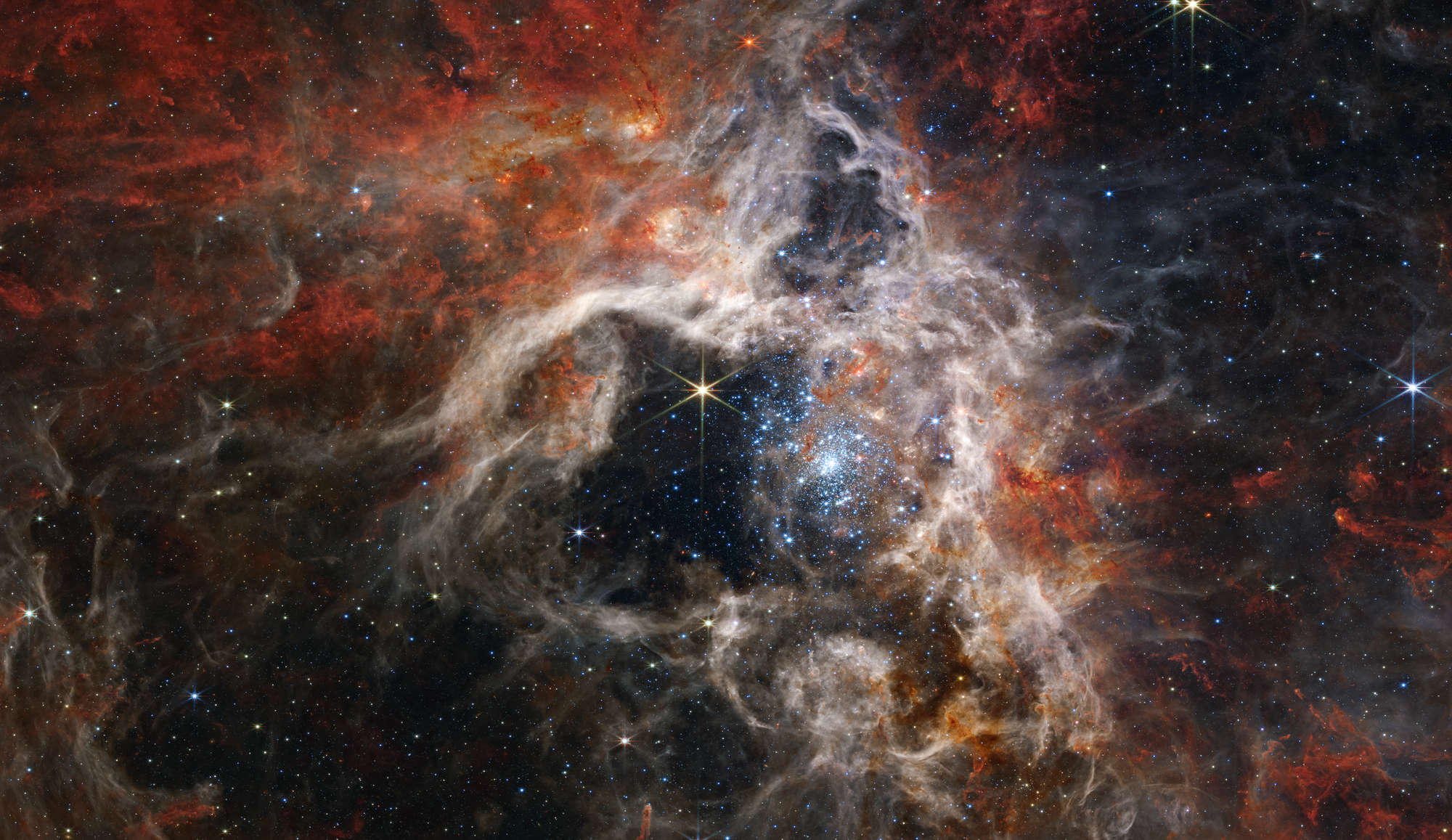
A Cosmic Tarantula, Caught by NASA’s Webb - NASA
Once upon a space-time, a cosmic creation story unfolded: Thousands of never-before-seen young stars spotted in a stellar nursery called 30 Doradus, captured by NASA’s James Webb Space Telescope. Nicknamed the Tarantula Nebula for the appearance of its dusty filaments in previous telescope...

florduh
Well-Known Member

A Cosmic Tarantula, Caught by NASA’s Webb - NASA
Once upon a space-time, a cosmic creation story unfolded: Thousands of never-before-seen young stars spotted in a stellar nursery called 30 Doradus, captured by NASA’s James Webb Space Telescope. Nicknamed the Tarantula Nebula for the appearance of its dusty filaments in previous telescope...www.nasa.gov

That's an image of how the Tarantula looked 160,000 years ago. About 90,000 years before homo sapiens left Africa. And about 120,000 years before they ate the last Neanderthal.
CrazyDiamond
HAL is a StarChild
@cybrguy new desktop wallpaper right here at 9681 x 5598. Original is 14557 x 11164 140.56 MB PNG file found here https://stsci-opo.org/STScI-01GA76Q01D09HFEV174SVMQDMV.png
I've opened and still have open the original, blown up on my screen, looking at all the little details....this will take days to look at everything in this image!
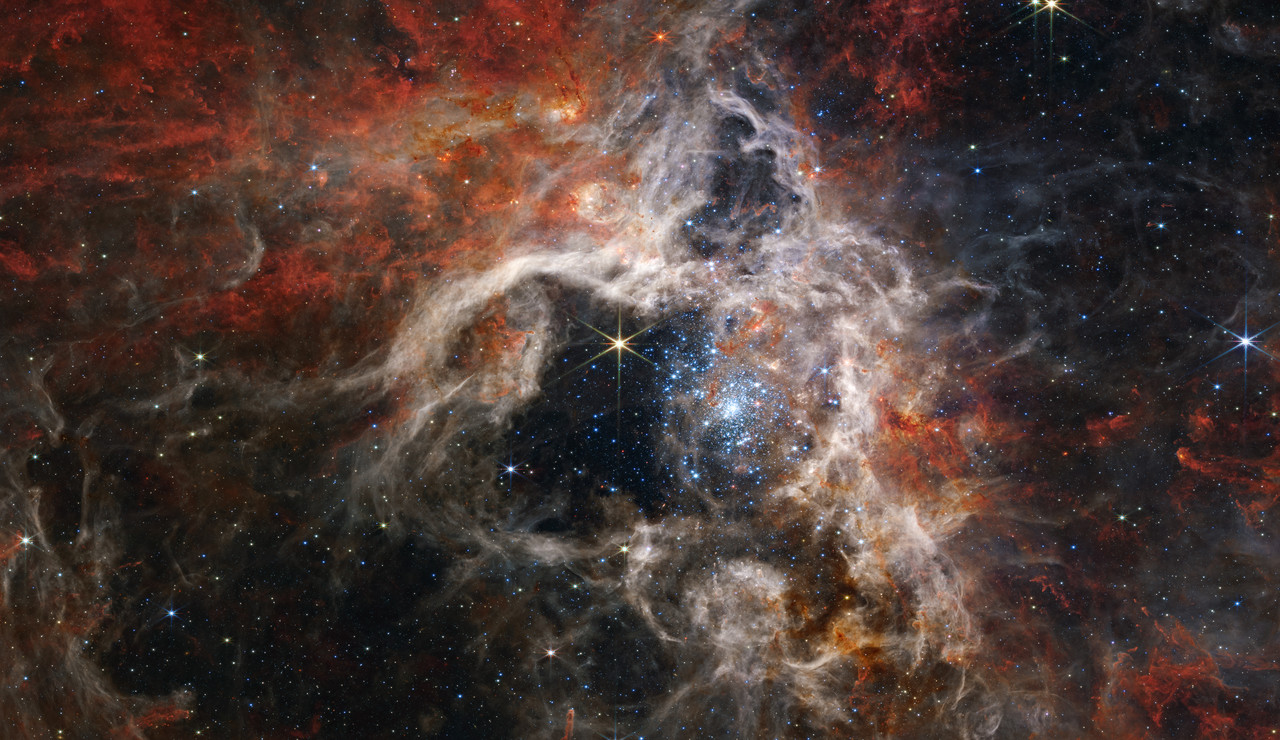
I've opened and still have open the original, blown up on my screen, looking at all the little details....this will take days to look at everything in this image!

stark1
Lonesome Planet
Prolly both—but the baby mongoose high-tailed it outta there first chance it got!
Busted.
Many moons later

2014 camaro z28 0 60 time
Busted.
Many moons later

2014 camaro z28 0 60 time
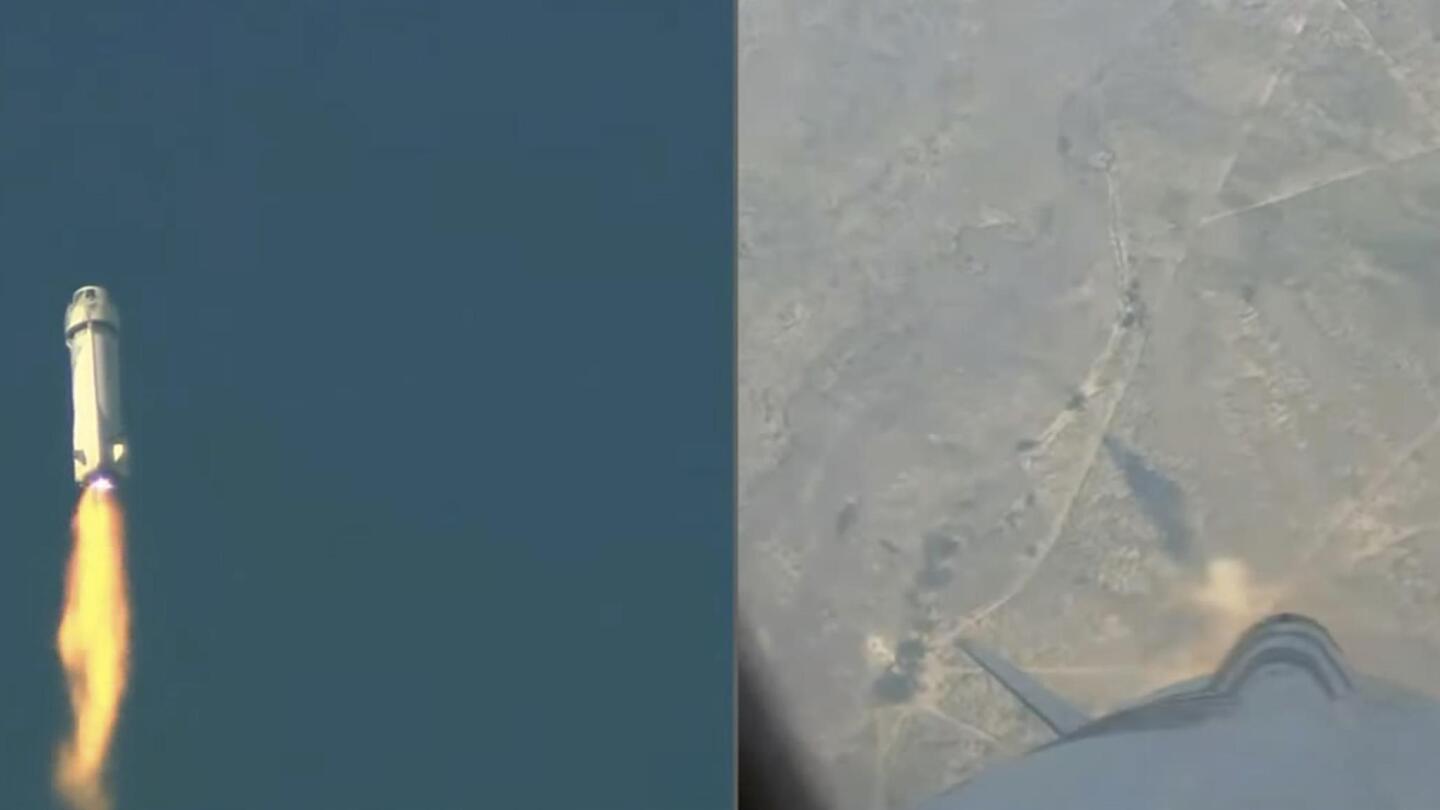
Bezos rocket crashes after liftoff, only experiments aboard
Jeff Bezos' rocket company has suffered its first launch failure. No one was aboard, only science experiments.
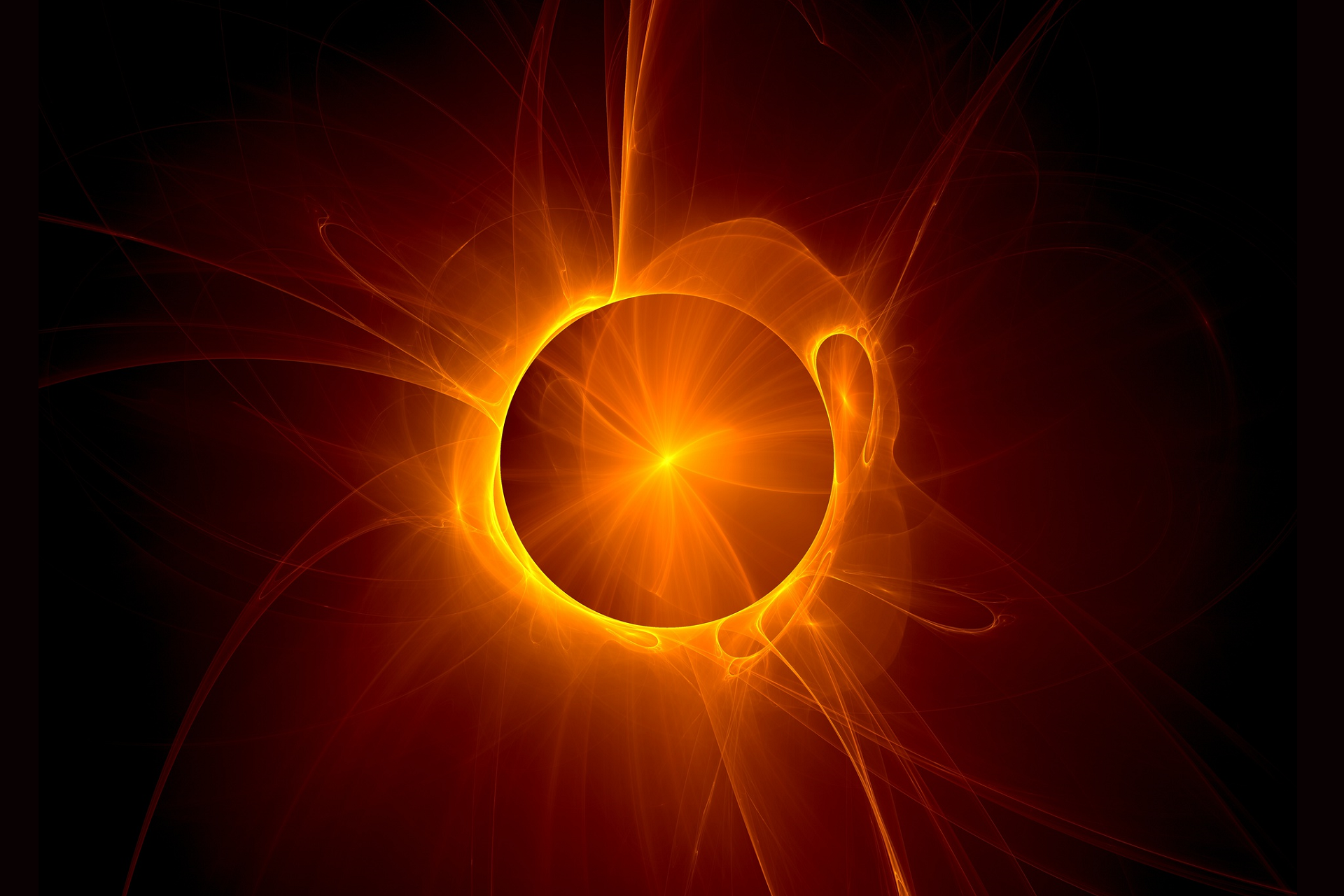
National Eclipse
NationalEclipse.com is your one-stop source for information on eclipses.
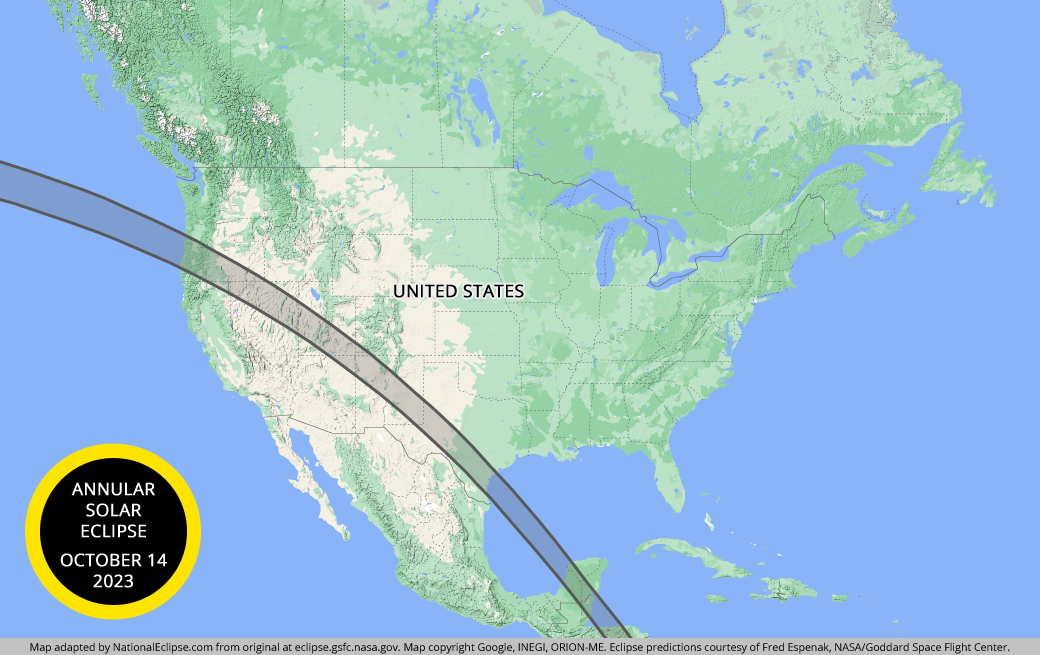

Saturn May Have Gotten Its Rings by Murdering One of Its Moons
The evidence has been in front of us the whole time!
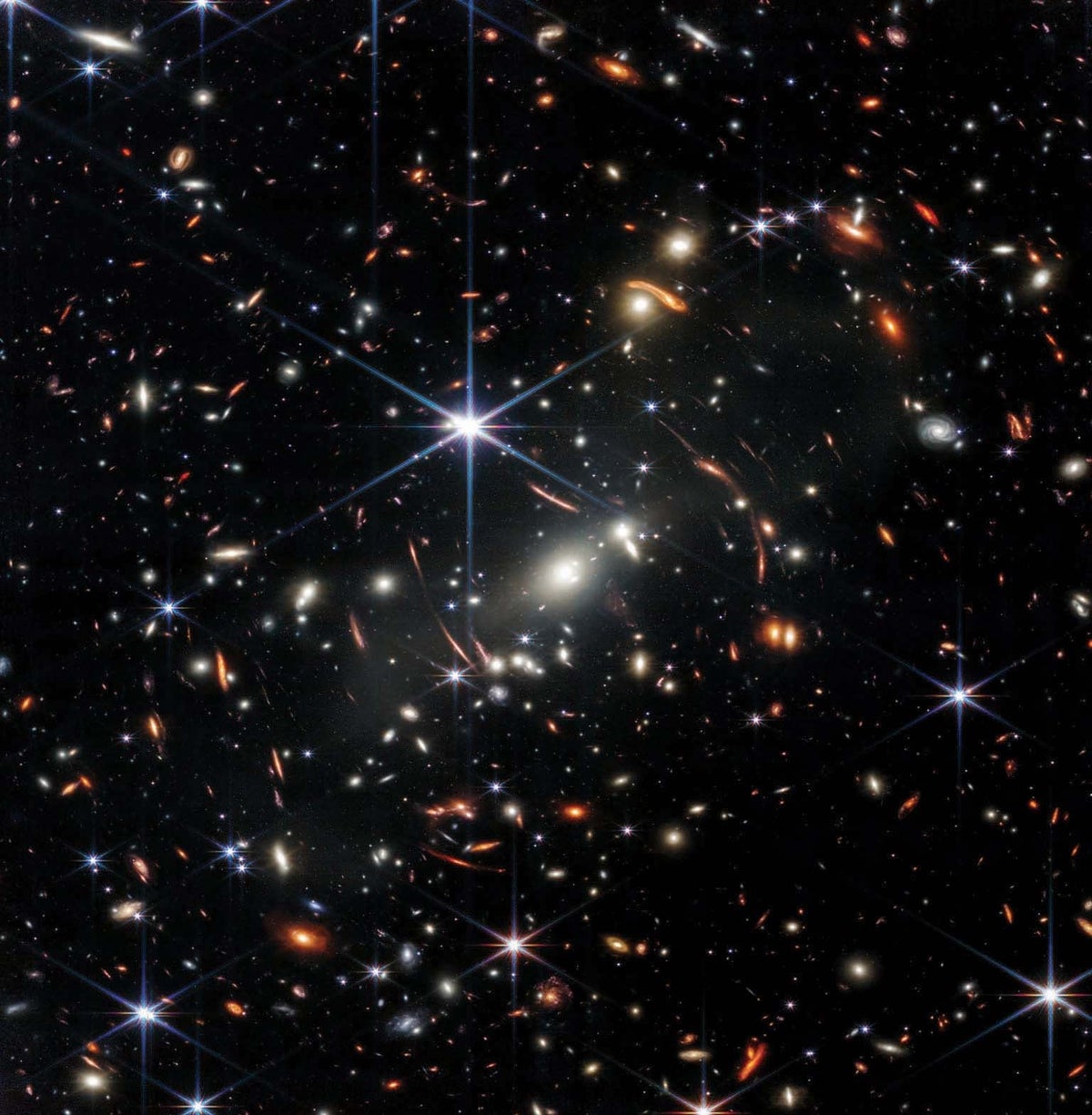
JWST's First Glimpses of Early Galaxies Could Break Cosmology
The James Webb Space Telescope’s first images of the distant universe shocked astronomers. Is the discovery of unimaginably distant galaxies a mirage or a revolution?
CrazyDiamond
HAL is a StarChild
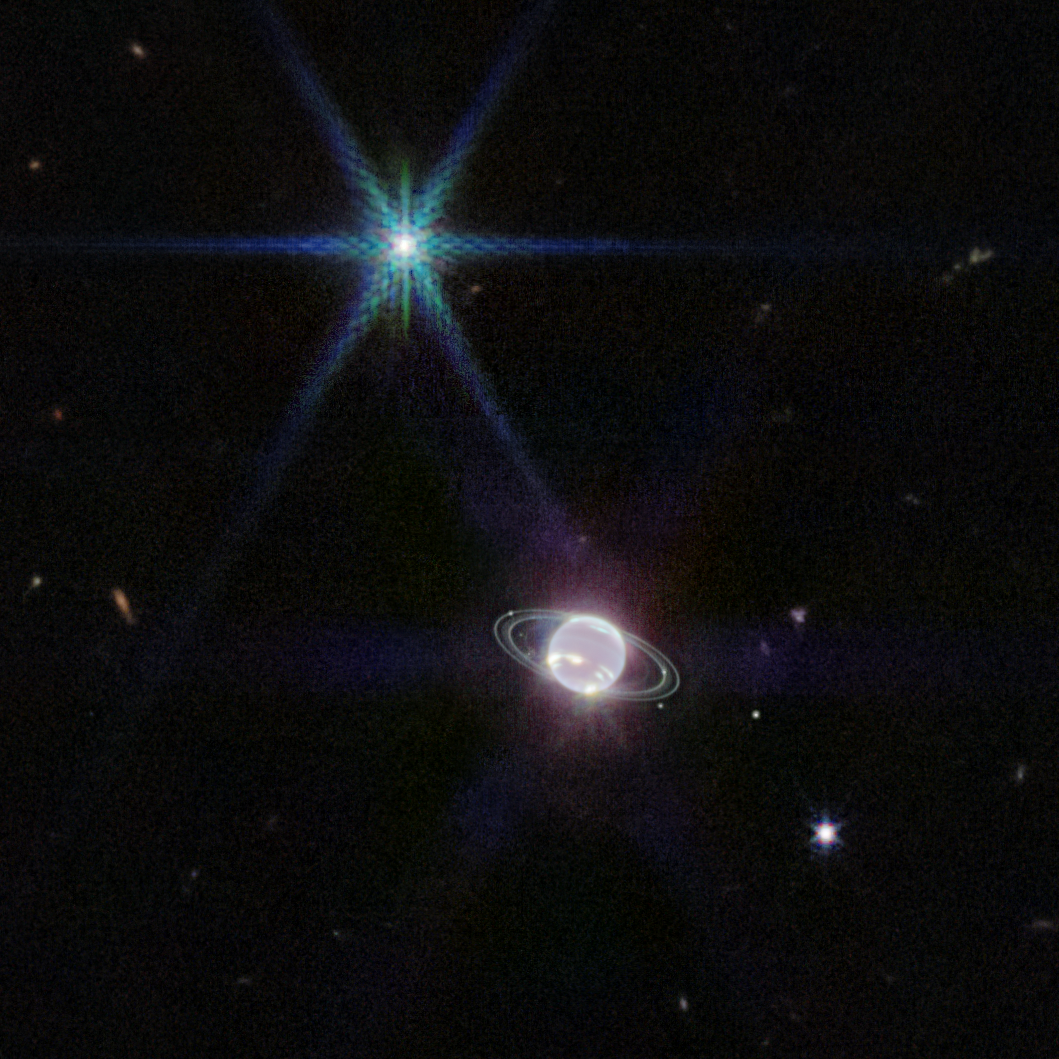
New Webb Image Captures Clearest View of Neptune’s Rings in Decades - NASA
NASA’s James Webb Space Telescope shows off its capabilities closer to home with its first image of Neptune. Not only has Webb captured the clearest view of this distant planet’s rings in more than 30 years, but its cameras reveal the ice giant in a whole new light.
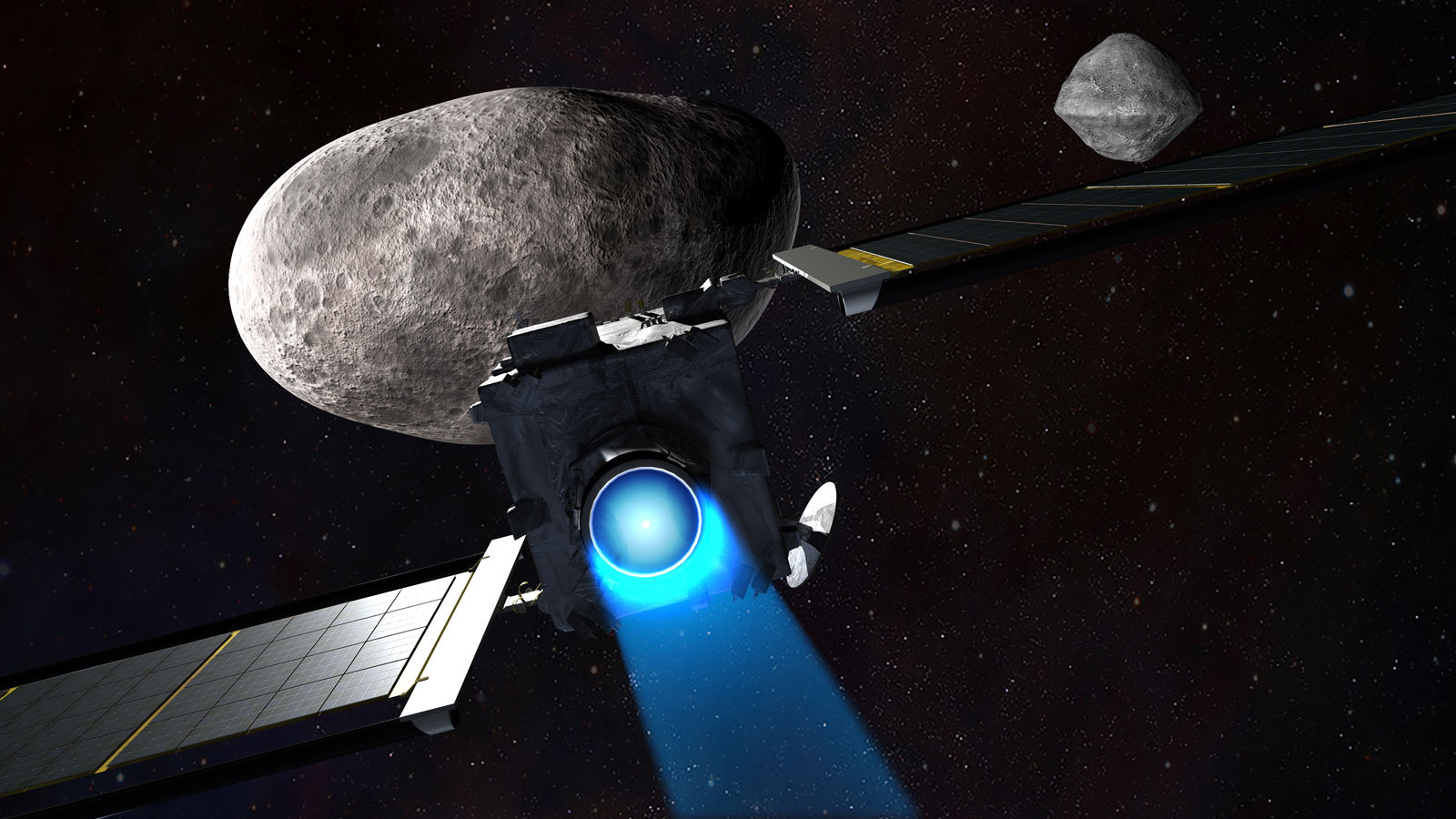
DART asteroid-smashing mission 'on track for an impact' Monday, NASA says
"At this point, I can say that the team is ready. The ground systems are ready, and the spacecraft is healthy and on track for an impact on Monday."
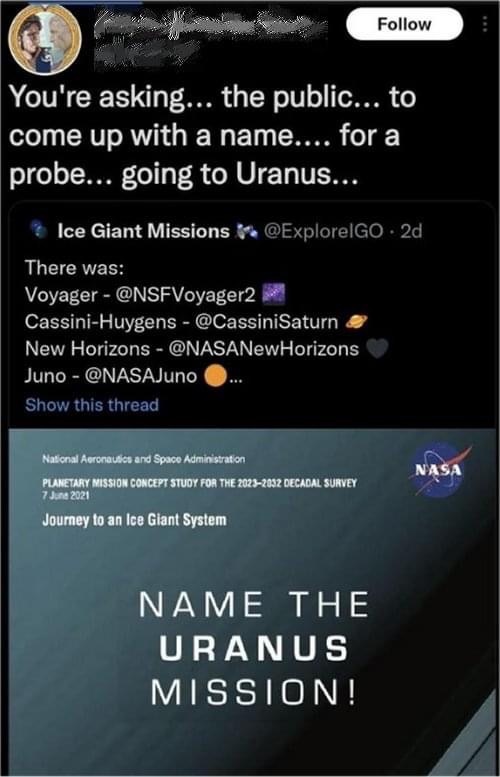
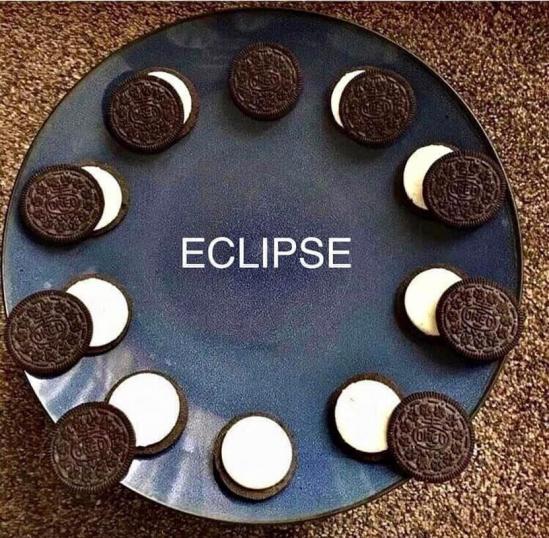
Last edited:




